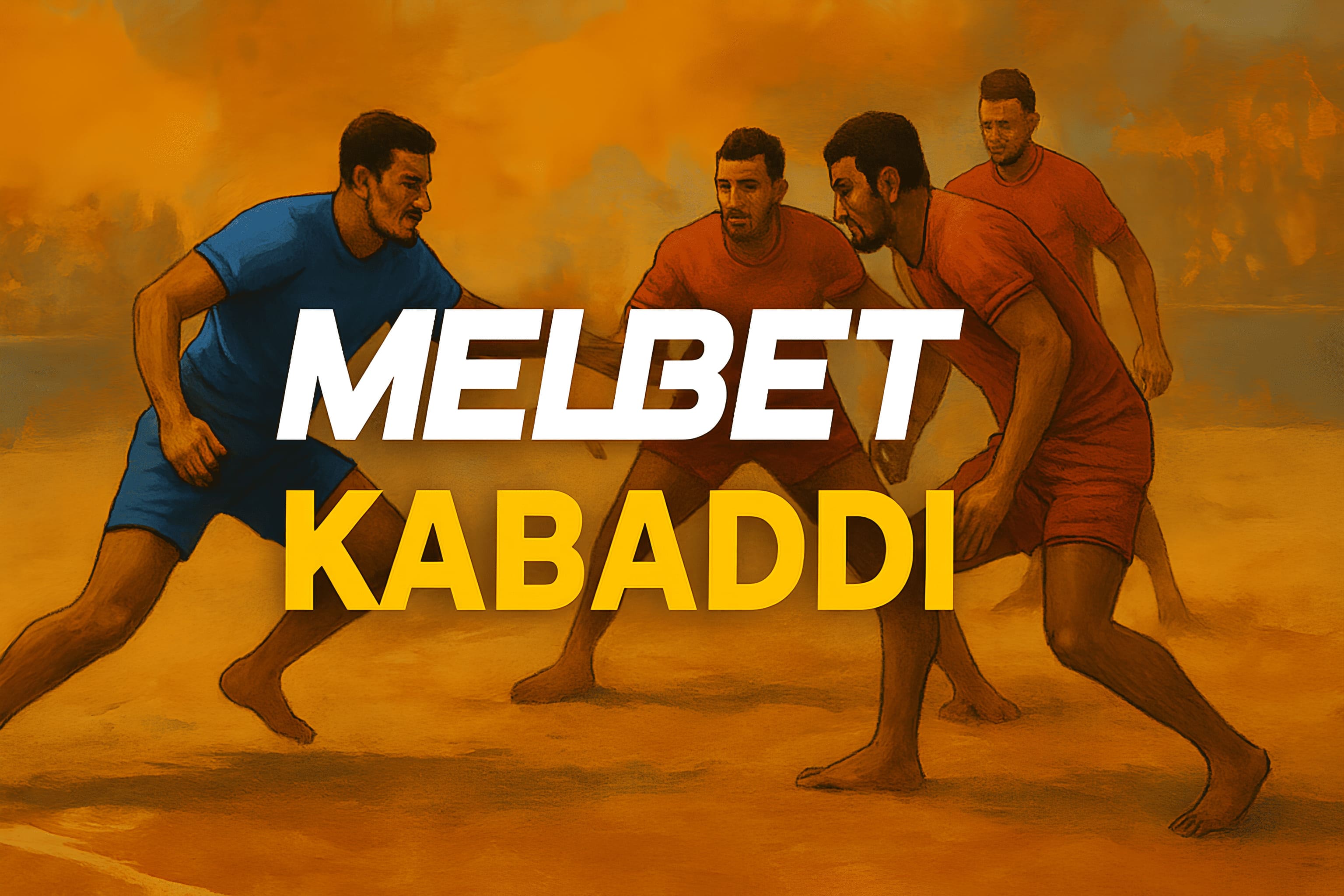Kabaddi Betting
Kabaddi in India: From Village Fields to World Arenas
In India, kabaddi is not just another sport—it’s part of everyday life. For many in rural areas, the game is woven into childhood, festivals, and local pride. What started as a rough pastime in village fields has grown into a sport with international recognition and professional leagues, yet it has never lost its earthy character. In this article, Melbet India will tell you about kabaddi and kabaddi betting.

Ancient Roots
The origins of kabaddi reach far back into South India. Historians point to the Ayar people of ancient Tamil Nadu, where games like Sadugudu carried the same spirit as today’s kabaddi—fast, physical, and deeply social. Old Tamil literature even compared the sport to “taming a bull without touching it,” a vivid way to describe the courage and strategy required.
Myths and legends also surround the game. Stories say that Lord Krishna played kabaddi as a boy, and Buddhist traditions mention it as a form of recreation. No matter which tale you believe, one thing is clear: the sport grew out of India’s soil and carries centuries of cultural memory.
From Folk Play to Formal Sport
The shift from local pastime to organized sport began in the 20th century. A major turning point came in 1936, when kabaddi was showcased at the Berlin Olympics. Soon after, India saw the rise of governing bodies: first the All India Kabaddi Federation in 1950, then the Amateur Kabaddi Federation of India in 1973. They brought order to the chaos—standardized rules, proper courts, and structured tournaments.
This was the moment kabaddi stepped beyond villages and became a national sport with a clear identity.
Many Styles, One Spirit
Kabaddi doesn’t exist in just one form. Across Melbet India, different regions have kept their own versions alive.
Standard style is the one played internationally. Two teams of seven face off on a fixed court. A raider crosses into enemy territory, tries to tag defenders, and must return before being tackled—all while holding their breath and repeating “kabaddi.” Points come from tags, tackles, bonus lines, and dramatic all-outs.
Circle and folk styles remain popular in villages. Amar, Suranjeevi, Huttuttoo, Gaminee—each has its own flavour. In some, a player who’s “out” must wait until the entire team is eliminated. In others, there’s no clock at all; play goes on until a target score is reached. Punjab prefers circular pitches, giving the game an open, festival-like feel.
India’s Golden Run

No country has owned kabaddi quite like India. When the sport entered the Asian Games in 1990, India’s men’s team claimed gold again and again—1990, 1994, 1998, 2002, 2006, 2010, 2014. The women’s team has also made history with multiple titles.
World Cups have followed the same script: India hosting, India winning. Both in the standard version and the circle style, Indian teams have set the standard.
Then came a shock. In 2018, at the Asian Games, India’s men’s side was knocked out by South Korea and Iran. For the first time in 28 years, the gold medal went elsewhere. That defeat reminded fans and players alike that kabaddi was no longer India’s private preserve.
A New Era: The Pro Kabaddi League
Perhaps the biggest revolution came in 2014 with the launch of the Pro Kabaddi League. Modeled after cricket’s IPL, it introduced city-based franchises, international players, and glossy TV coverage. Suddenly, kabaddi wasn’t just a rustic pastime—it was prime-time entertainment. The league gave the sport a new generation of stars and millions of urban fans who had never played kabaddi in their lives.
Recognition & Awards and Kabaddi betting
Behind the scenes, governing bodies like the Kabaddi Federation of India and the AKFI continue to manage competitions and keep the sport organized. Players who shine on the mat often receive national honours such as the Arjuna Award or the Dhyan Chand Award, cementing kabaddi’s place among India’s proud sporting traditions. Kabaddi betting is currently gaining popularity throughout India and may become interesting in other regions in the future.
Conclusion
Kabaddi has travelled a long road: from dusty fields where children played barefoot to floodlit arenas broadcast worldwide. It remains raw, physical, and deeply Indian, yet it has adapted to the modern sporting world. Whether in a village festival or a packed stadium, the spirit of kabaddi—the mix of strategy, stamina, and sheer heart—continues to capture the imagination of millions. Want to place bets or kabaddi betting with the best bookmaker? Download the Melbet app for PC.